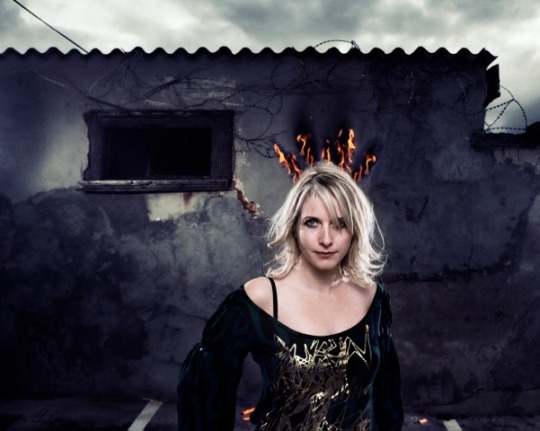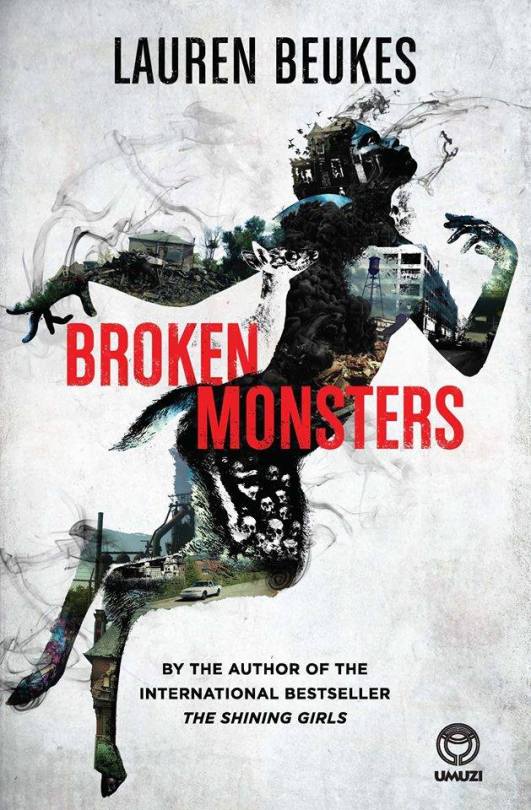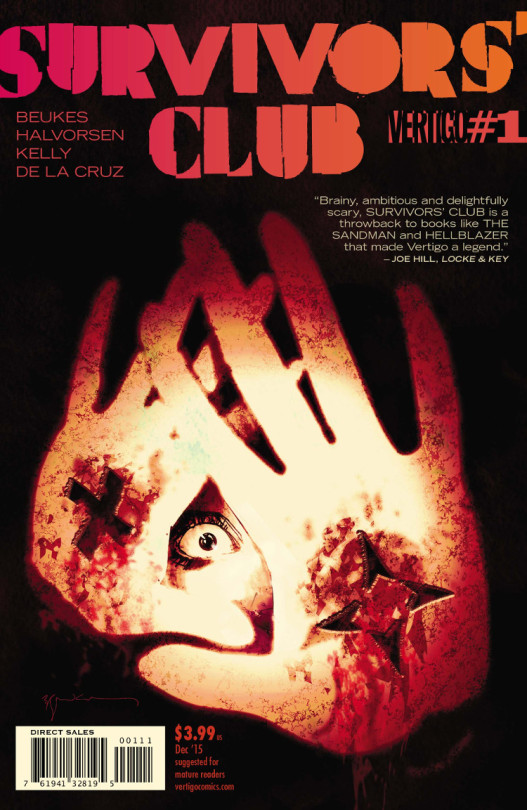Tachyon tidbits featuring Nalo Hopkinson, Lauren Beukes, Kate Elliott, and Alastair Reynolds
The latest reviews and mentions of Tachyon titles and authors from around the web.

Nalo Hopkinson (photo: David Findlay), Lauren Beukes, Kate Elliott (April Quintanilla), and Alastair Reynolds (Barbera Bella)
At BUSTLE, Sadie L. Trombetta’s 9 Modern Women Science Fiction Writers You Need To Be Celebrating includes Nalo Hopkinson and Lauren Beukes.
A powerful voice in fantasy and science fiction for nearly 20 years, Jamaican-born Nalo Hopkinson should be on every sci-fi lovers reading list, if not for her incredible storytelling than for the brilliant social commentary she weaves throughout each of her works. Brimming with themes of feminism, race, class, and sexuality, Hopkinson’s novels and short stories use art to tackle real and important issues in a way that changes each reader who interacts with them profoundly. An inspirational author who hasn’t let illness, poverty, or even homelessness stop her from achieving, its about time you started your own private library of Hopkinson’s work.
For your TBR pile: MIDNIGHT ROBBER

A truly genre-bending author, Lauren Beukes has written about everything from time-traveling serial-kilers (THE SHINING GIRLS) to a cyberpunk dystopian future (MOXYLAND). An innovative author of sci–fi, literary fiction, urban fantasy, nonfiction, and even more, Beukes is one writer you’ll never get bored with. If you’re looking for something on the edge of the genre, look no further.
For your TBR pile: MOXYLAND
For LITERARY HUB, Kate Elliott and Ken Liu discuss “Why Is It
‘Unrealistic’ To Show Women in Power in Fantasy?”
Ken Liu: A lot of fantasy world-building is ostensibly based on historical models. In real history, women exercised power—political, economic, military, artistic, literary, scientific—in both explicit and implicit ways. But even today we still run into the belief that showing women in power is somehow “unrealistic.” Do you know where this idea comes from? Has it always been there in fantasy?

Kate Elliott: Obviously these are questions too large to answer fully in a relatively short dialogue. I would start by pointing out the parallels between the popular view of history that I grew up with, in which women’s lives were generally relegated to a three-page chapter called “Women,” and the history of fantasy writing itself.
I came of age during a time when the history taught in most US schools was written by white, Western men about white, Western men and yet was considered to be for everyone. These historical actors and their philosophies and efforts were the ones that mattered. Everything else existed in support or wasn’t important enough to take notice of—except, ironically enough, a few women who had positions of public political power, like Elizabeth I. In the 1960s and 70s many new young scholars started a push to uncover, piece by piece, the lives and events previously ignored in much historical writing. It is far easier now to find multiple examinations of the lives of women in, for example, most of the eras and regions of medieval Europe than it was when I was in college. Frankly, a person doing research has to deliberately avoid or reject modern scholarship to pretend that in the past women were ciphers with no influence upon the societies they lived in and no access to power, education, skills, work, travel, art, and so on. I even wrote a 9,000-word essay on this very subject: Writing Women Characters Into Epic Fantasy Without Quotas.
So the stubborn insistence (most commonly found in comment sections, on forums, and on generalized history sites) that it is unrealistic or ahistorical to depict women in power or with other skills and influence in settings loosely based on most historical cultures is a form of recalcitrance. Perhaps some who say this are genuinely ignorant. Perhaps others build their view of the past on the often erroneous visual depictions seen in Hollywood (and other) films or tv; images combined with simplistic stories and comfortable cliches stick in the brain and can be hard to shake even in the face of actual evidence.
Early writers like Naomi Mitchison certainly depicted women in a greater variety of roles and importance within the story. But many of these writers were left out of the canon of fantasy literature that I was told was necessary reading if I wanted to understand the history of the genre. This kind of neglect helps embed the idea of women not belonging in the narrative. Thus, writers whose main research into both history and the history of the genre comes through reading (or viewing) fantasy stories written by men which only feature women in a limited number of stereotypical roles, or not at all, hammer it down further.

THE HOUSE THEATRE OF CHICAGO has adapted Alastair Reynolds’ short story “Diamond Dogs.” The adaptation was written by Althos Low and directed by Nathan Allen with the aid of award-winning puppeteer and author Mary Robinette Kowal. The play runs January 13-March 5, 2017.
DIAMOND
DOGS follows a 26th-century team of humans and transhumans as they investigate a mysterious alien tower, bent on brutally punishing all intruders. Uncovering clues and solving puzzles, each crusader will make dangerous, eye-popping sacrifices to get to the mysteries atop the spire. Blood will spill.This thriller is one of 16 stories set in novelist Reynolds’s expansive Revelation Space Universe. Artistic Director Nathan Allen teams up with The House’s most inventive designers and guest artists to bring this unique universe to life. Body modification is the norm in the future, and award-winning puppet designer Mary Robinette Kowal, who is also an award-winning sci-fi author, articulates and re-shapes the actors’ human forms into powerful mechanized players battling for their lives.
Reynolds is one of a new generation of hard science-fiction authors, a craft he began after leaving his position as an astrophysicist with the European Space Agency. DIAMOND DOGS is a pure example of the “Deadly Maze Story,” a staple of Science Fiction since H. P. Lovecraft. This world premiere production at The House Theatre of Chicago marks the first of Reynolds’ works to be adapted for another medium.
For more information on THE VERY BEST OF KATE ELLIOTT, visit the Tachyon page.
Cover art by Julie Dillon
Design by Elizabeth Story



